The longest-lived animals on earth

Life on Earth is incredibly diverse, with more than 8.7 million known species. Of these, some have ages that challenge what we humans know about ageing. Let's explore some of these fascinating creatures.
Show key points
- Life on Earth showcases remarkable biodiversity, featuring more than
- 7 million species, some of which defy conventional understanding of aging.
- The ocean quahog, a deep-sea oyster, is among the planet’s longest-living animals, with one individual recorded at 507 years old due to its slow growth and frigid habitat.
- ADVERTISEMENT
- Glass sponges, capable of living up to 15,000 years, possess unique electrical signaling abilities and thrive quietly in ocean depths.
- The bowhead whale, an Arctic giant, can live over two centuries, aided by its slow metabolism, thick blubber, and minimal natural predators.
- Greenland sharks grow slowly and mature at 150 years, with lifespans reaching nearly 400 years, making them the longest-lived vertebrates known.
- Some giant tortoises like the Aldabra and Galapagos species can live well over 180 years, owing their longevity to low metabolism and a herbivorous diet.
- Animals like the tuatara and red sea urchin display exceptional longevity and regenerative abilities, offering fascinating insights into ageing and biology.
Ocean Coahog

The ocean cohog is a species of oyster that lives in the cold and deep waters of the North Atlantic. The species has an exceptional lifespan, with the oldest known individual, Ming, being 507 years old. This makes the ocean coahog one of the oldest living animals known on Earth. The secret to its longevity is thought to be its slow growth rate and harsh habitat conditions, which include cold temperatures and low nutrient levels. The ocean cochlea grows continuously throughout its life, adding a new layer every year. This allows scientists to determine their age by calculating growth rings, similar to how a tree is determined.
Recommend
Glass sponge

Glass sponges are one of the longest-lived organisms on Earth. Despite their accurate appearance, it is estimated that they can live up to 15,000 years. Although they are relatively rare, they can be found in all the world's oceans, usually at depths of less than 450 meters.
What makes them stand out is their unique ability to generate electrical impulses through their bodies. Their flagella (the tiny hairs that trap bacteria in the water) will stop beating if they feel threatened. But unlike other types of marine sponges, glass sponges do not shrink or change shape when stimulated.
Bowhead whales
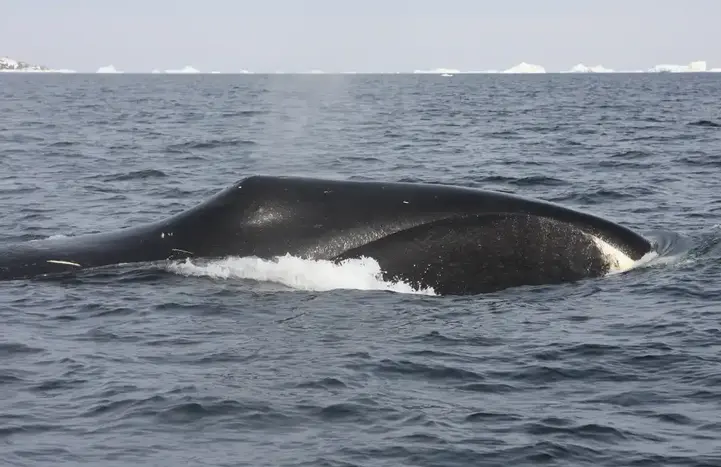
Bowhead whales are the giants of the Arctic. They can reach 20 meters in length and weigh up to 100 tons. Despite its sheer size, it is known for its longevity, with the oldest recorded individual being 211 years old. Bowhead whales have a slow metabolism, which is thought to contribute to their longevity. They also have a thick layer of fat that protects them from freezing temperatures in the Arctic. Bowhead whales feed by filtration, consuming large amounts of small plankton. Their lack of natural predators, other than humans, also contributes to their longevity.
Greenland shark
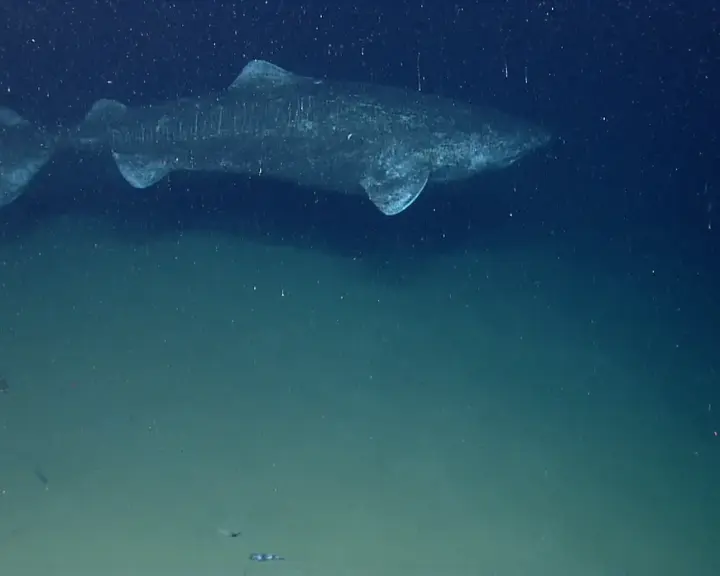
The Greenland shark is a species of shark known for its incredibly long lifespan. The oldest known individual is estimated to be 392 years old, making it the longest-lived vertebrate known to science. Greenland sharks live in the cold and deep waters of the North Atlantic and Arctic Oceans. They grow very slowly, at a rate of less than 1 cm per year, and reach maturity at about 150 years. Their diet consists mainly of fish, but they are known to eat seals and even reindeer.
Giant Aldabra turtle
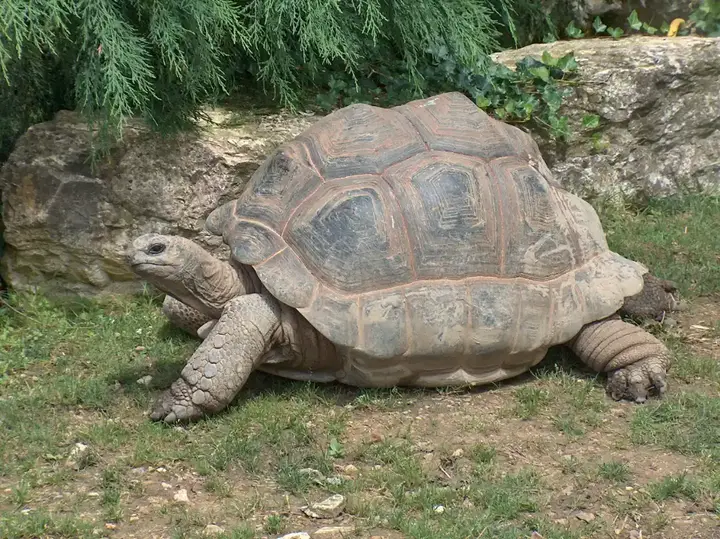
The giant Aldabra turtle is one of the largest in the world. They are native to the island of Aldabra Atoll in the Seychelles, a group of islands in the Indian Ocean. Giant Aldabra turtles can live for more than 180 years, and the oldest known individual, Jonathan, is currently over 188 years old. These turtles are herbivores, feeding on grasses, foliage and fruit. They spend most of their day in the sun to regulate body temperature.
Red Sea urchin
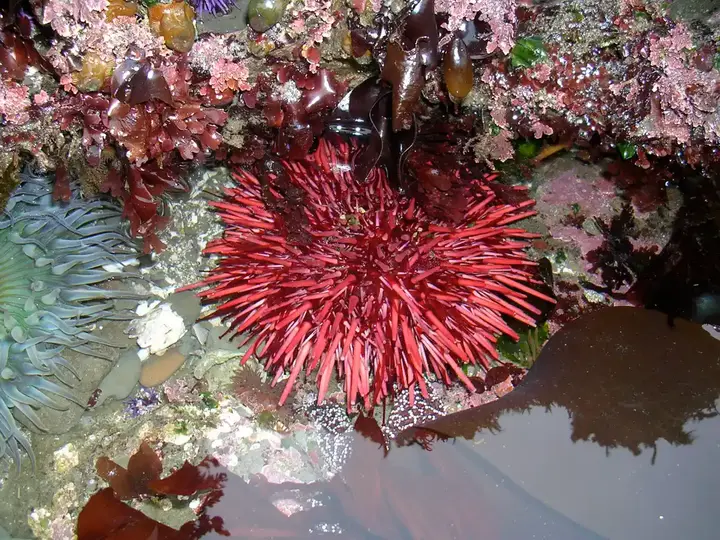
The Red Sea urchin is a species of sea urchin found in the Pacific Ocean. It is known for its long lifespan, which can reach 200 years. Unlike many animals, red sea urchins don't seem to age. Their ability to regenerate the entire body, including their nervous system, contributes to their longer lives. Red sea urchins feed on algae and kelp, and use their sharp teeth to scrape food off rocks.
Tuattara
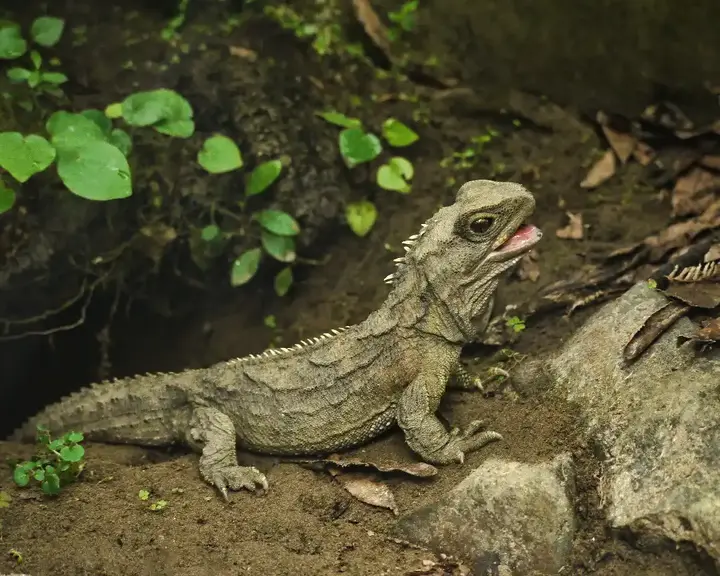
Tuattara are unique reptiles native to New Zealand. It is known to live for more than 100 years, making it one of the longest-lived reptiles on Earth. Tuataras are not lizards, but belong to a distinct breed of reptiles dating back to the time of dinosaurs. They have a third eye at the top of their heads that can be seen at hatching but become covered with scales and pigments in adults. It is believed that this "eye" helps regulate body temperature and the production of hormones. Tuatara are nocturnal animals and feed on insects, spiders and small vertebrates.
Galapagos turtle

The Galapagos turtle holds the record for the longest living land animal. The homeland of these turtles is the Galapagos Islands and can live up to 190 years. Their slow metabolism and their ability to remain without food or water for up to a year contribute to their longevity. Galapagos turtles are herbivores and spend most of their day grazing on grasses, foliage and cacti. They have a large shell that can be up to 5 feet tall and serve as protection from predators.
African Elephant
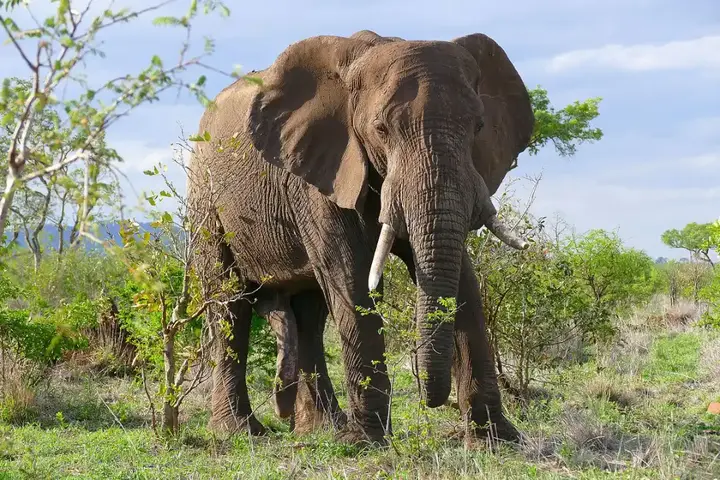
The African elephant is the largest wild animal and is known to live for up to 70 years in the wild. Its longevity is attributed to its ability to regenerate teeth, allowing them to continue eating and getting the nutrients they need to live. Elephants have a total of six sets of molars in their lifetime, and when the latter group is eroded, the elephant cannot chew food properly and may die of hunger. African elephants are herbivores and consume up to 300 pounds of food per day. They play a crucial role in their ecosystems by creating spaces in vegetation, digging water wells, and spreading seeds through their manure.
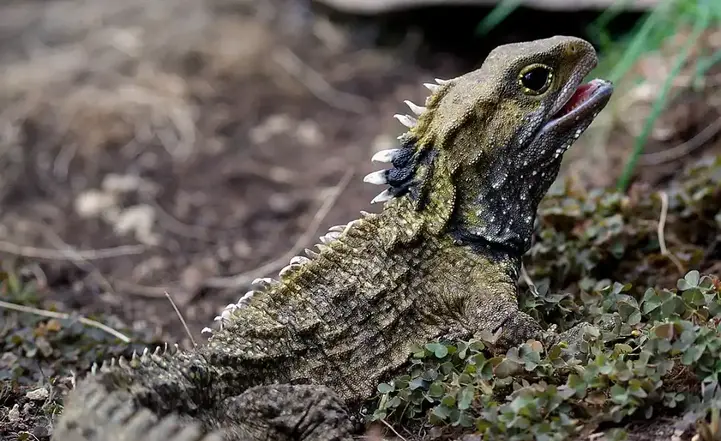
In conclusion, these magnificent creatures challenge our understanding of life and longevity. They inspire scientists and researchers to study the secrets of their long lives, hoping to apply these lessons to improve human health and lifespan. In fact, the animal kingdom is full of surprises, and it still amazes us with its diversity and adaptability.








